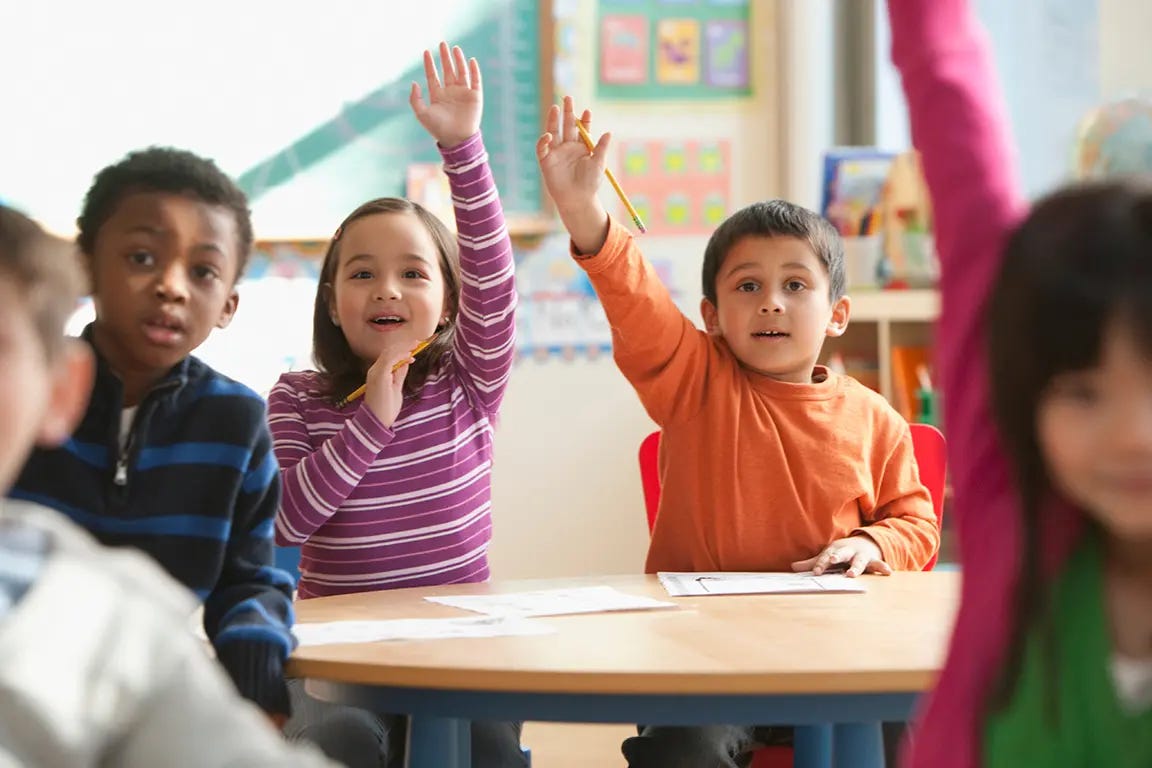Disinfecting & Cleaning the Classroom for Germs | Lysol®
Know the difference between cleaning and disinfecting.
Cold and flu season is time for us to be even more conscious of the harmful germs that pop up - which means stepping up your cleaning conduct and approaching germs in the classroom and at home in the right way.

To understand how to properly kill bacteria and viruses on the surfaces teachers and students encounter every day, it’s important to recognize how they got there and how to keep them at bay. Lysol and the National Parent Teacher Association have some recommendations for things to keep in mind during the cold and flu season.
Know the difference between cleaning and disinfecting
According to the CDC cleaning and disinfecting are part of a broad approach to preventing infectious diseases in schools [1]. But what is the difference between these two methods
Cleaning works by using soap (or detergent) and water to physically remove germs from surfaces. This process does not necessarily kill germs, but by removing them, it lowers their numbers and the risk of spreading infection.
Disinfecting works by using specialized products to kill germs on surfaces or objects. This process does not necessarily clean dirty surfaces or remove germs, but by killing germs on a surface after cleaning, it can further lower the risk of spreading infection. Lysol Disinfectant Spray and Lysol Disinfecting Wipes can be used to eliminate germs on commonly touched hard and soft surfaces.
Know the difference between cleaning and disinfecting.
Know the difference between cleaning and disinfecting.
Don’t underestimate the impact of germs on a classroom desk.
According to a recent research study led by Yale University and the University of Tulsa, harmful bacteria and fungi are commonly discovered in indoor environments. What’s more? Our bodies are common sources for bringing them in2.
Taking it a step further, when the researchers specifically explored classrooms and desk surfaces, their work revealed that keeping the desks clean significantly reduced the bacteria found on surfaces. A study by the University of Arizona reported that uncleaned classrooms, as opposed to those cleaned daily with a disinfectant, result in students who are more likely to be absent due to illness3.
A more recent study published by researchers from University of Florida reported finding a cold causing virus on the frequently touched surfaces of a classroom despite them being cleaned each morning. This showed that either the cleaning regimen was not sufficient to destroy viruses or that the virus was being re-deposited on the surfaces during the day. It highlighted the need for disinfection during daily cleaning and the need to disinfect high-touched surfaces multiple times during the day4.
Lysol® Disinfecting Wipes kill 99.9% of germs including the cold and flu virus, which can live on hard surfaces for up to 48 hours a day.
Remember that kids bring germs home from school, too
Just as children can bring germs into the classroom, germs can also be transmitted from school to home– consider your child’s backpack that sits on the school bathroom floor and then on your kitchen countertop, or the classroom door knobs your child touches before they use the television remote at home.
Cleaning practices at home are just as critical as those that should be practiced in the classroom. After all, the places that need the most cleaning are also the places your family spends the most time—whether that’s in the house or school!
SOURCES:
1Centers for Disease Control and Prevention (CDC): How to Clean and Disinfect Schools to Help Slow the Spread of Flu, July 31, 2018
2Journal of Applied Microbiology: The reestablishment of microbial communities after surface cleaning in schools
3The Journal of School Nursing: Occurrence of Bacteria and Viruses on Elementary Classroom Surfaces and the Potential Role of Classroom Hygiene in the Spread of Infectious Diseases
4American Journal of Infection Control: Isolation and identification of human coronavirus 229E from frequently touched environmental surfaces of a university classroom that is cleaned daily
